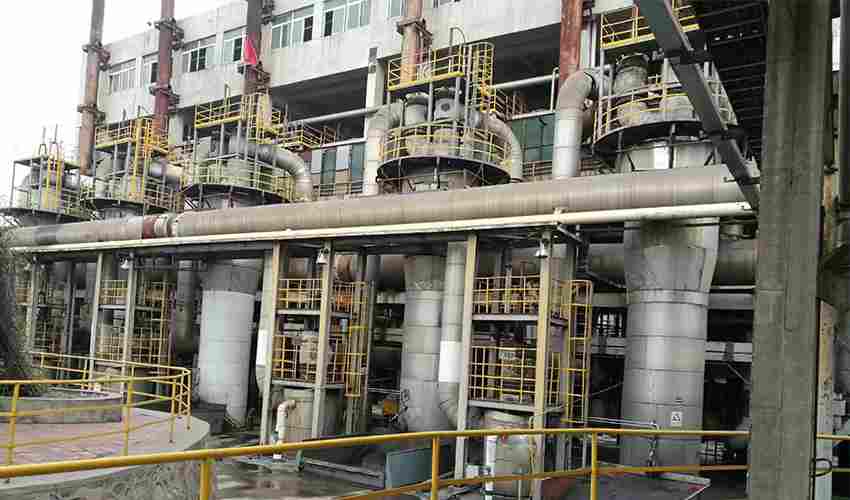How to Choose Refractory Materials for Garbage Incinerator?
Because there are so many types of garbage, it is impossible to fully classify it, resulting in different caloric values. There are many forms of anti-alkali, anti-fluorine. In order to ensure the good performance of the garbage incinerator under long-term high temperature, the choice of refractory materials needs to be considered from various aspects as follows:
The working temperature of the waste incinerator generally does not exceed 1400 ℃, but the complex working environment (such as gas erosion, waste wear and impact on the furnace body during high temperature movement requires high-quality refractory lining, and the demand will continue increase.
At the input site of the incinerator, the input and fall of waste must be in contact with the material, and the temperature of the input port often changes. The temperature of the top, side wall, and burner of the combustion chamber is 1000-1400, so fire resistance is required. The material has good wear resistance and thermal shock stability, high alumina bricks and clay bricks can be used; plastics can also be used.
In the drying chamber and combustion chamber, the waste and the lining are in direct contact at high temperature. On the one hand, the slag will adhere to the lining, on the other hand, the impurities will also invade the lining. Not only is it wear-resistant, corrosion-resistant, and difficult to attach, but it also has alkali resistance and oxidation resistance. Generally, clay bricks, high aluminum bricks, SiC bricks, castables, and plastics are used;
In the drying chamber and combustion chamber, the waste and the lining are in direct contact at high temperature. On the one hand, the slag will adhere to the lining, on the other hand, the impurities will also invade the lining. Not only is it wear-resistant, corrosion-resistant, and difficult to attach, but it also has alkali resistance and oxidation resistance. Generally, clay bricks, high aluminum bricks, SiC bricks, castables, and plastics are used;
Pipes and gas cooling parts require refractory materials to resist alkali, water, thermal shock, and castables due to water spray, impurities, and temperature changes, and castables are optional; high-temperature boiling sand in the fluidized bed part of the fluidized bed incinerator In the process of mixing with waste, not only the lining of the furnace is scoured, but also the intrusion of impurities, so the selected lining should be wear-resistant and alkali-resistant, commonly used clay bricks and castables;
In the rotary kiln of the rotary kiln incinerator, the waste needs to keep rotating and the temperature change caused by the addition of waste. Therefore, the material needs to be wear-resistant and heat-resistant and shock resistant. Generally, clay brick, high aluminum brick, SiC brick or Castable.
If the fluorine-resistant incinerator, considering the air tightness problem, it is best to use chromium corundum castable, the insulation layer is made of lightweight castable, and the furnace wall is insulated with fiber felt.
In short, the selection of refractory materials for garbage incinerators should not only consider the practicality but also pay attention to environmental protection, but also save investment costs and achieve high-efficiency incineration technology.


